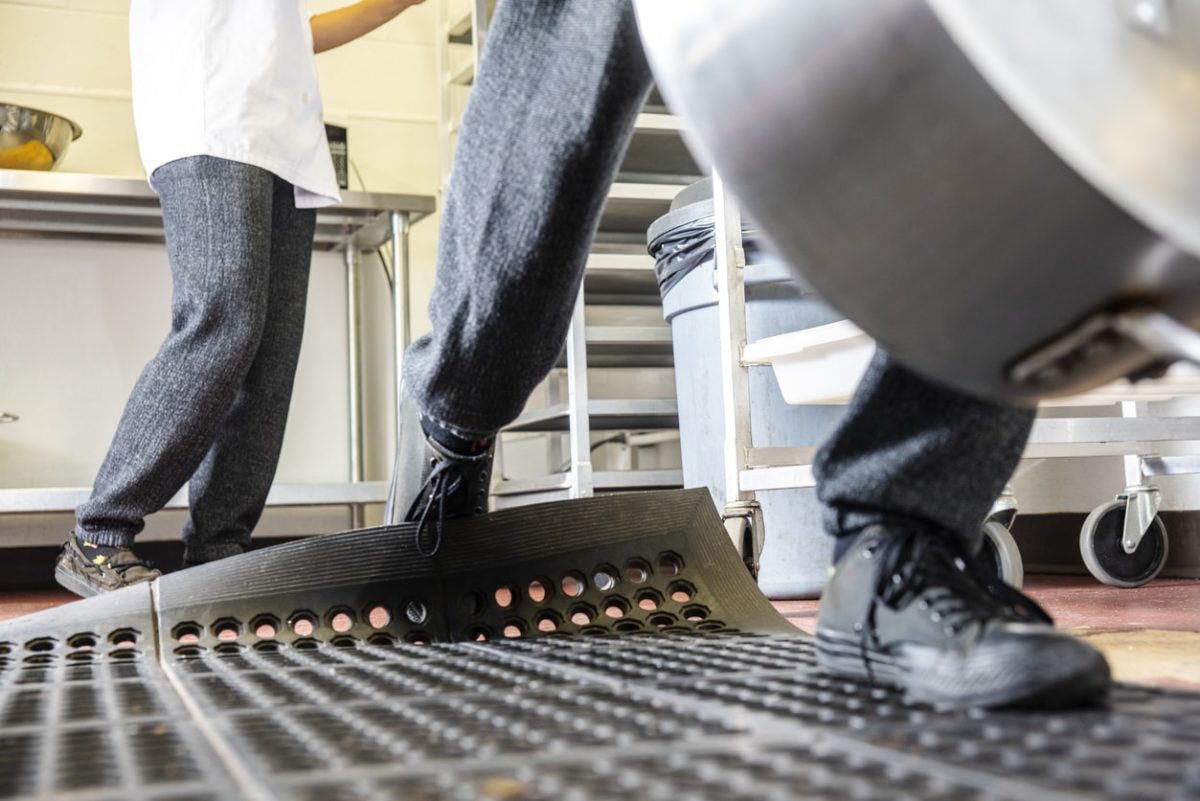



For potential restaurant owners, before they attempt to open up a successful eatery, it’s important for them to get acquainted with compliance of federal laws regarding workplace safety and health. OSHA has spelled out guidelines for restaurants when it comes to understanding everything from health hazards to inspections to the standards of a clean floor.
These regulations are important to know and live by or else a restaurant may not even get off the ground. To ensure compliance with OSHA, an inspector may visit and look over an establishment. If that inspector ends up finding a violation of any kind, they have the authority to issue a fine and order a correction, which doesn’t paint a restaurant in a good light.
To avoid issues like this, it’s important to know what OSHA expects of a new restaurant and how to fix these problems before they even start.
The potential for slips and falls at a restaurant is high due to the number of liquids that are transported or spilled. Think of dishes, drinks, mop buckets, and cleaning supplies. There are so many different ways in which a slip and/or fall could happen due to a wet spot somewhere in-house.
Keeping all floors in a restaurant clean and dry can help to prevent these problems while staying in compliance with OSHA rules. All areas near a sink or bar should be kept dry as well and have adequate drainage to address any leaks and to prevent puddles of water from forming.
Another important restaurant safety rule from OSHA is the proper handling of food. Before handling food, employees are required to wash their hands and any utensils in warm water and soap. A restaurant safety policy should also feature instructions on wiping down counters and other food prep spots with bleach cleaner in order to kill bacteria.
Not only will this help to stay in compliance with OSHA inspectors, but it will also help to limit the possibility of claims from customers who fall ill due to mishandling of food. These claims can range widely in severity and can cause major damage to a restaurant’s reputation and financial interests. To prevent major damage and safeguard a restaurant’s operations, investing in hospitality insurance for restaurants can help keep fallout to a minimum following a claim. While the goal should be to not have any claims made, knowing that a restaurant is provided for legally and financially goes a long way.
Restaurants must also establish a fire safety plan as part of a safety policy. This plan must feature where fire extinguishers are placed in specified areas. Employees must also be trained on how to properly use these items and also know where they are located. OSHA also makes it a requirement to test each extinguisher periodically and to sign and date each maintenance log.
While young workers are able to be hired, such as those still in high school, restaurants must comply with OSHA’s age requirements about the type of work they can in fact perform and the number of hours they can work. Based on employees’ age and the time of year, hours can vary. Also, for employees under the age of 16, they cannot bake, cook, handle knives, or use any type of appliance that can lead to an injury, and for those under 19, they must not be able to serve alcohol.
At RMS Hospitality Group, our expertly crafted policies are written specifically for the hospitality industry. We offer custom-tailored solutions to meet any venue’s specific needs. For more information, contact our knowledgeable experts today at (888) 359-8390.
At RMS and associated firms, business continues as usual. Our staff is remote-capable and available to handle all partners, brokers, and insureds at the present time.